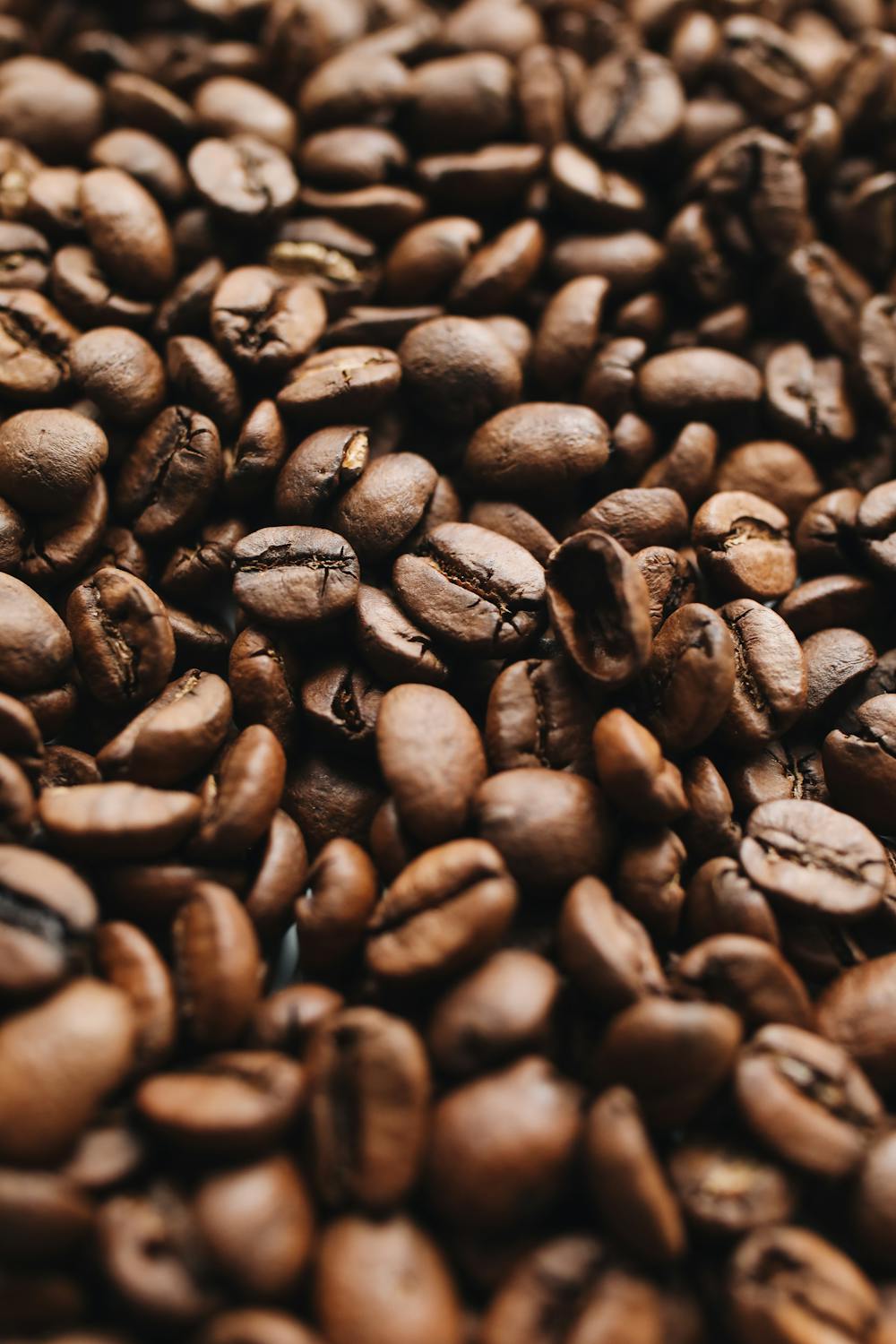I never meant to become that guy about coffee. You know the type—the one who has strong opinions about water temperature, grind size, and bloom time. But here we are, and I regret nothing.
It started innocently enough. A few years ago, Namibia bought me a simple pour-over cone for Christmas. “You like coffee,” she said. “Maybe you’d enjoy making it yourself?”
Little did she know she was opening Pandora’s box.
The Basics (That Aren’t That Basic)
For the uninitiated, pour-over coffee is exactly what it sounds like: you pour hot water over coffee grounds in a filter. Simple, right?
Wrong. Or rather, right—but also endlessly complex if you want it to be.
The basic equipment you need:
- A pour-over dripper (I use a glass cone)
- Paper filters
- Freshly ground coffee
- A gooseneck kettle
- A scale (yes, really)
- Good beans
But the rabbit hole goes deep. Water temperature matters (195-205°F is the sweet spot). Grind size matters (medium-fine, like sea salt). Pour technique matters (slow, circular motions). Even the coffee-to-water ratio matters (I use 1:16, but some people swear by 1:15 or 1:17).
Why I’m Obsessed
The thing about pour-over coffee is that it’s both a science and an art. There’s a methodology to it—repeatable steps that produce consistent results—but there’s also room for creativity and experimentation.
Every morning becomes a mini-experiment. What if I adjust the grind slightly finer? What if I extend the bloom time by 10 seconds? What if I try this new Ethiopian bean I picked up?
It’s meditative, too. There’s something incredibly calming about the ritual. Weighing the beans, grinding them fresh, heating the water to just the right temperature, watching the coffee bloom as the first bit of water hits it. It forces you to slow down and be present, even if just for five minutes.
The Setup
After a lot of trial and error (and probably too much money spent on equipment), here’s my current setup:
The Dripper: Glass cone pour-over. I like being able to see the coffee as it brews.
The Grinder: This is where I splurged. A good burr grinder is essential for consistent results. Blade grinders are the enemy of good coffee.
The Kettle: Gooseneck kettle with temperature control. Being able to precisely control both temperature and pour rate is a game-changer.
The Scale: Digital scale that measures to 0.1 grams. Yes, I’m that precise.
The Beans: I rotate through different roasters, but lately I’ve been obsessed with Ethiopian Yirgacheffe—bright, fruity notes with a wine-like acidity. It’s incredible.
Current Challenges
I’m currently troubleshooting extraction time. My glass cone setup has been giving me slightly faster flow rates than I’d like, which sometimes leads to under-extraction. I’m experimenting with grind size adjustments, but it’s a delicate balance—too fine and you get over-extraction (bitter, harsh flavors), too coarse and you get under-extraction (sour, thin-bodied coffee).
The journey continues.
The Perfect Cup
So what’s the perfect pour-over look like for me? Here’s my current recipe:
Ratio: 20g coffee to 320g water (1:16 ratio)
Grind: Medium-fine (setting 16 on my grinder)
Water Temperature: 200°F
Technique:
- Wet filter and discard rinse water (this removes paper taste and preheats the dripper)
- Add coffee grounds and create a small well in the center
- Start timer, add 40g water for bloom, wait 30 seconds
- Pour in slow, steady circular motions, reaching 320g total by 2:30
- Drawdown should complete by 3:30-4:00 total time
- Enjoy immediately
Why This Matters
Namibia sometimes laughs at my coffee obsession (lovingly, of course). But here’s the thing—having a hobby like this, something that’s just for me, something that requires practice and patience and continuous learning—it makes me better at everything else.
The attention to detail carries over to my work. The patience required for perfecting technique helps me in other areas of life. The willingness to experiment and fail and try again is a valuable mindset.
Plus, I get to drink really, really good coffee every morning. That’s not nothing.
For Fellow Coffee Nerds
If you’re thinking about diving into the pour-over world, my advice:
-
Start simple. Don’t buy everything at once. Get a basic setup and learn the fundamentals.
-
Buy good beans. Equipment matters, but beans matter more. Find a local roaster you trust.
-
Take notes. I keep a coffee journal where I track what I did and how it tasted. It sounds excessive, but it really helps you learn.
-
Be patient with yourself. It takes time to develop the muscle memory and palate. Your first cups might not be great, and that’s okay.
-
Enjoy the journey. The fun is in the experimentation and learning, not just the final cup (though that’s pretty great too).
Now if you’ll excuse me, I need to go research single-origin beans from Costa Rica. I hear there’s a micro-lot that just came in at my favorite roaster…
What’s your coffee ritual? Do you have a brewing method you swear by? I’d love to hear about other people’s coffee obsessions—er, I mean, “interests.”
